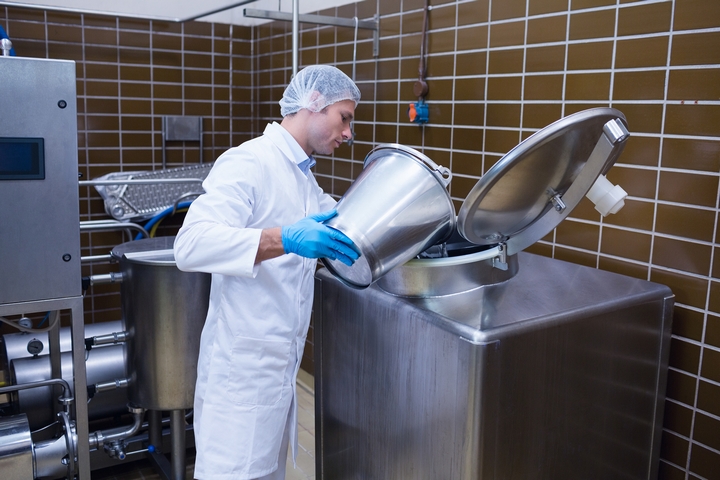Safe disposal of liquid waste is an integral part of achieving sustainable goals for a business. Proper waste management practices are needed to reduce the impact liquid waste has on the environment and people. Human health depends not just on the indoor, but outdoor environment where they live and work. Therefore, liquid waste disposal requires careful management and knowledge of appropriate methods to prevent any risks.
Previously, liquid waste had to be carefully disposed with specialized vacuum trucks to transport the hazardous liquid to an approved waste disposal location. Nowadays, the process is inexpensive, a lot easier and efficient for businesses with the use of chemical reagents. This method has proven to reduce waste volumes, risks, costs and carbon footprint.
Here are the many benefits of solidifying liquid waste:
1. Removes negative environmental impact
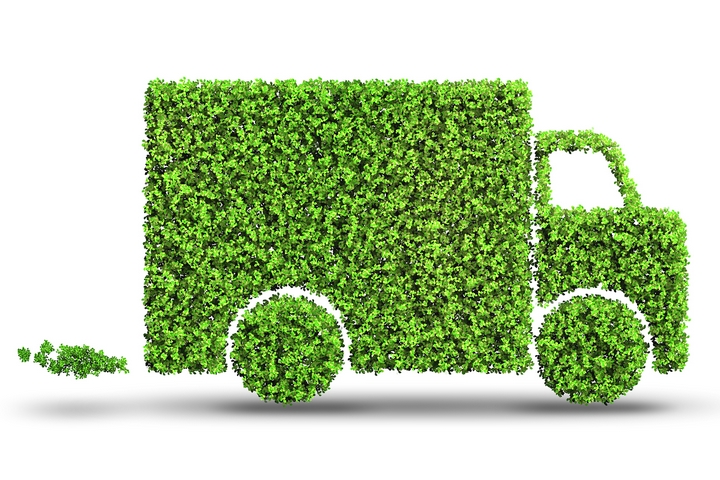
Complying with environmental regulatory bodies add pressure on businesses to ensure their surrounding environments are not adversely affected. Solidification prevents the liquid from assimilation into the air or permeation into the environment.
2. Reduces the volume of waste
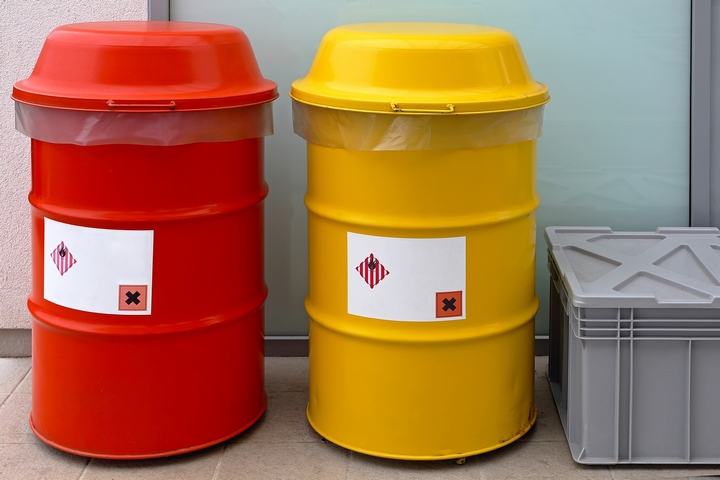
Liquid waste is difficult to contain and conventional methods of solidification have increased the volume. Should an accident take place, the waste can flow out of the containers into water streams or permeate into the soil. When eco-friendly chemical reagents are mixed to solidify the liquid waste, it reduces the volume of the waste significantly by as much as 20%. The solid form is then easy to transport. Less time or trucks are needed to dispose this waste.
3. Compliance and landfill friendly

Use of solidifying reagents allow for compliance with all local, state and federal environmental regulations. Special attention is given to environmental practices as many companies are under the watchful eyes of environmental regulatory bodies. Compiling with regulations, standards and environmental laws are mandatory for businesses to stay in operations. With new methods of solidifying liquid waste, companies can ensure that this waste is safely processed at landfills. Another advantage is that less waste is transported to landfills.
4. Transporting solid waste

Transporting solid waste is less dangerous than liquid waste. There is less risk of a spill out when the waste is in solid form. Liquid waste on the other hand can spread easily and cause damage to the environment and risk to humans. Moreover, no vacuum trucks are needed to transport the solid waste. This in turn reduces greenhouse gas emissions.
5. Efficient conversion
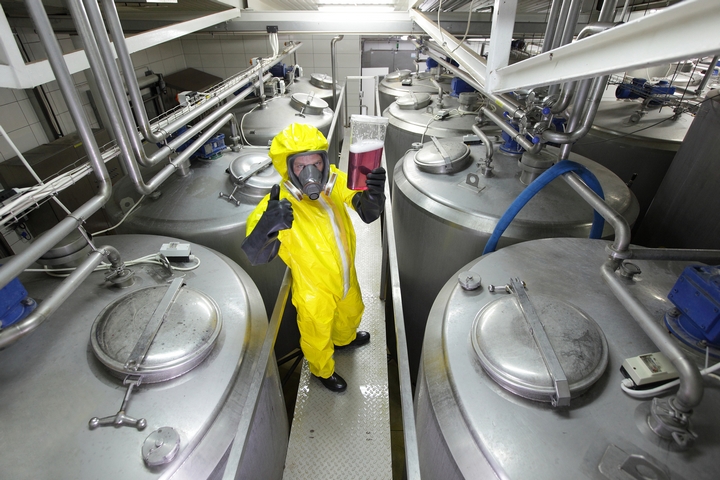
Converting the liquid waste into solid form can be achieved in a matter of a few minutes using the chemical reagents. This method has superseded past practices that use to take days to solidify liquid waste. When the chemical reagent is mixed to the liquid, it creates a dry solid mass for easy management. Businesses have greater control of waste materials as they can perform the solidification process onsite and transport only the solid waste offsite.
6. Cost-effective process

Solidification reduces cost while improving safety and environmental compliance. Businesses save in man hours, time, disposal process, transportation and costs. Solidification using reagents has proven to reduce the process and disposal time. The savings can be invested into other areas of the business.
7. Safety enhancement
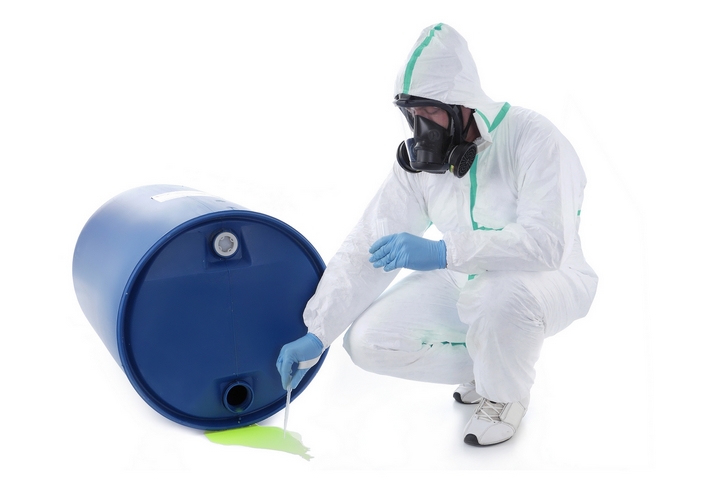
Using solidifying reagents for liquid hazardous waste immediately enhances safety at work, as the solid waste is easy to contain and control. This method of managing the waste eliminates risk and liability, while keeping your work site safe from environmental impact and hazards.
8. Used in a variety of industries
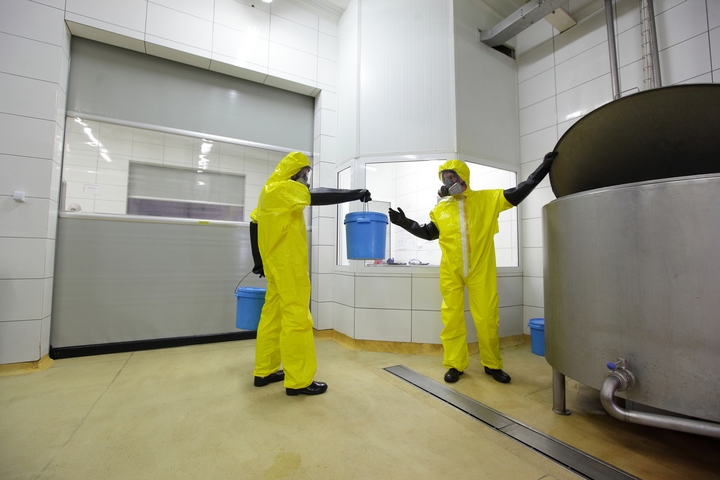
Solidification solutions can be applied to various industrial liquid waste management needs including processes such as resource extraction, dredging and mining. This method is well aligned with the needs of municipal landfills.

